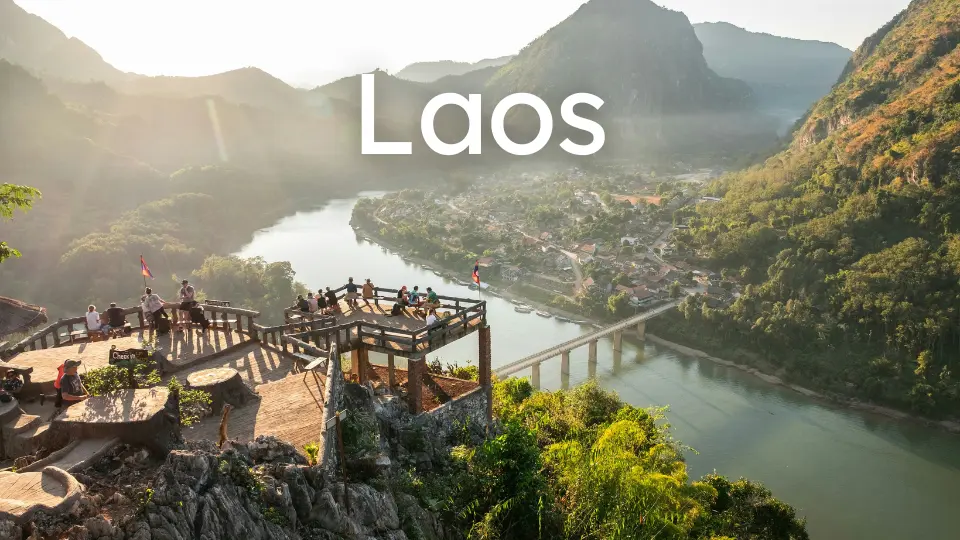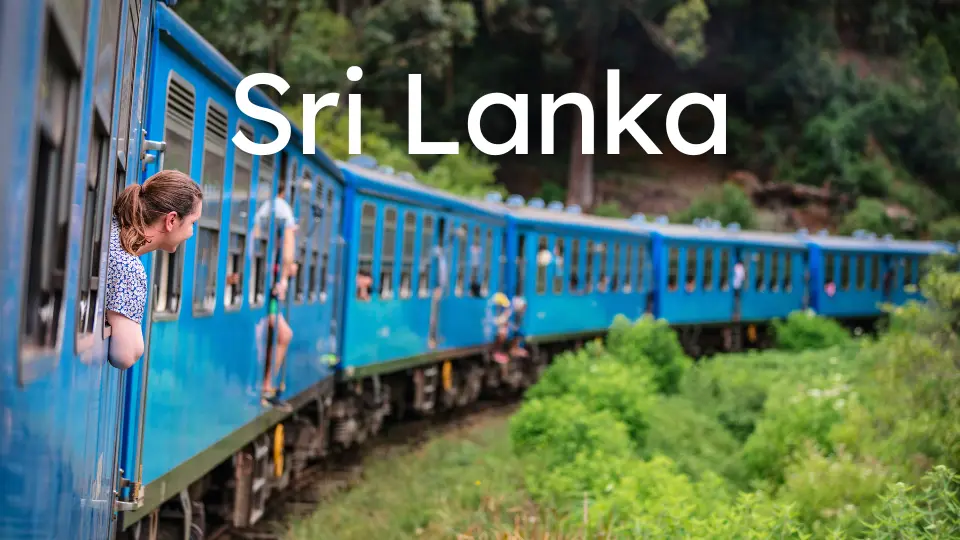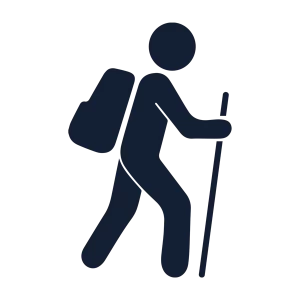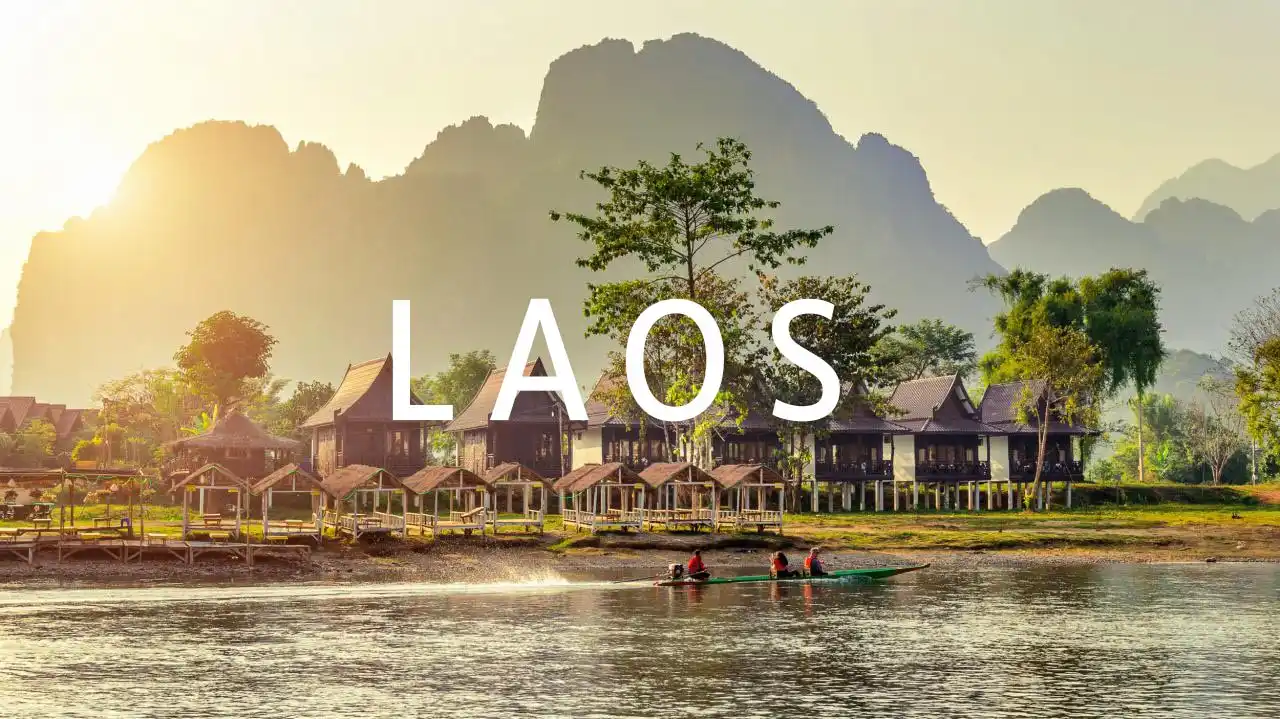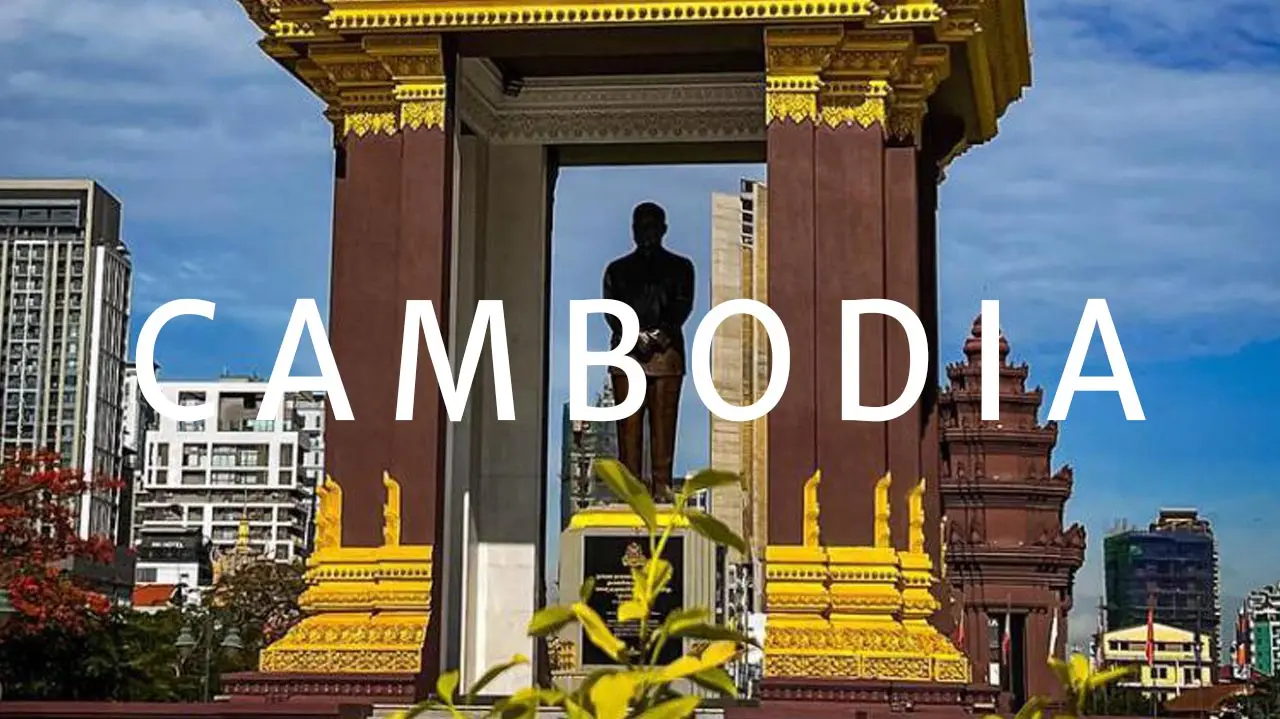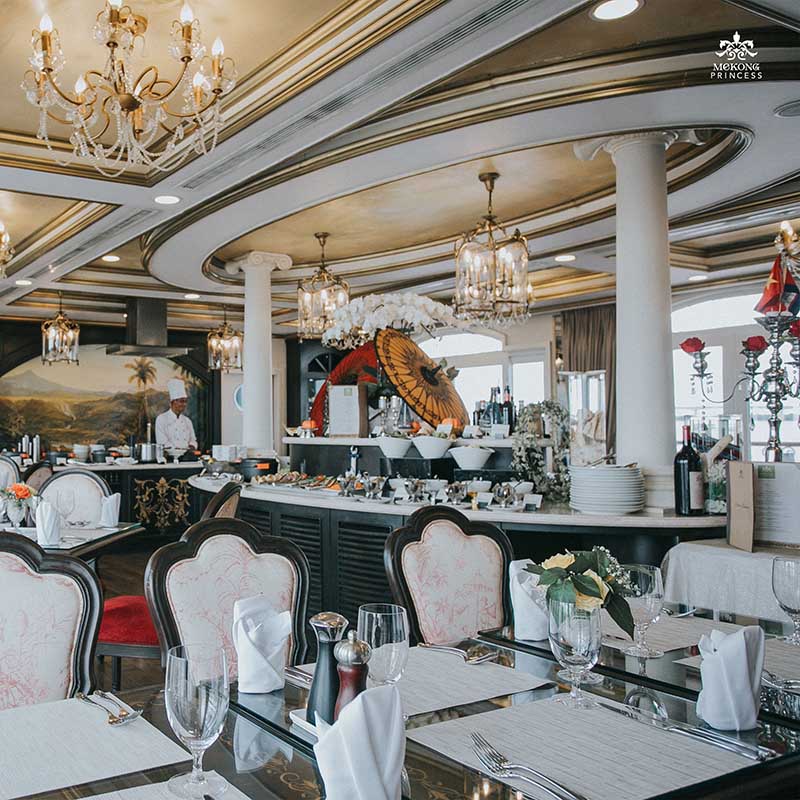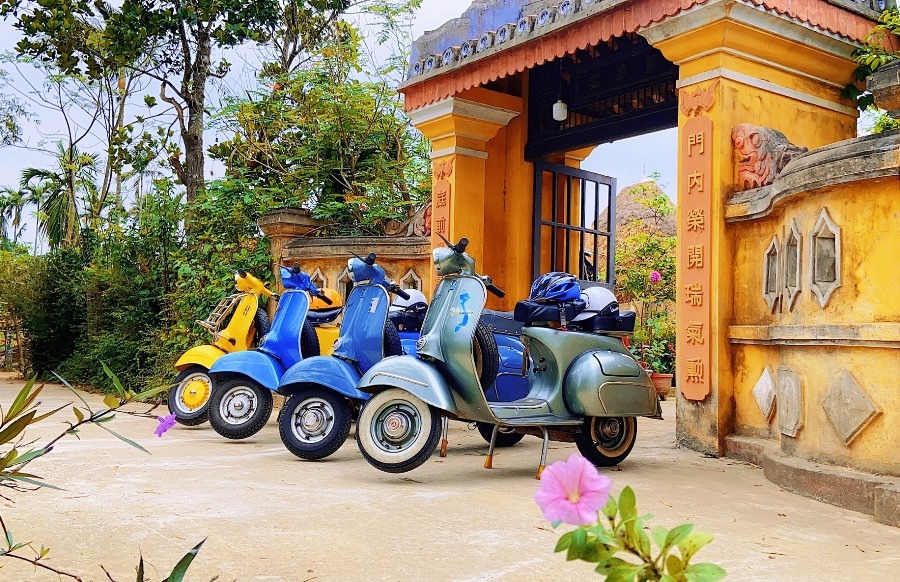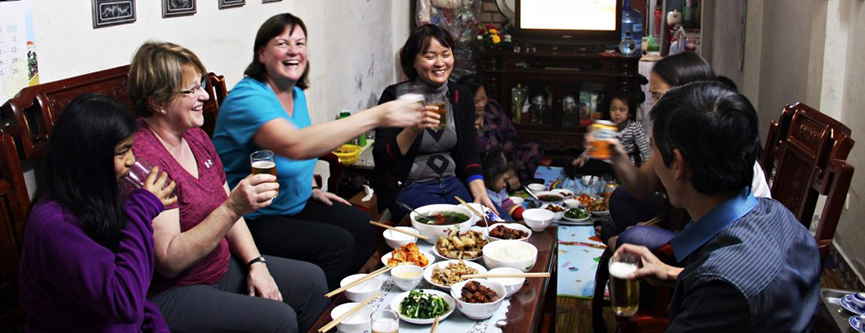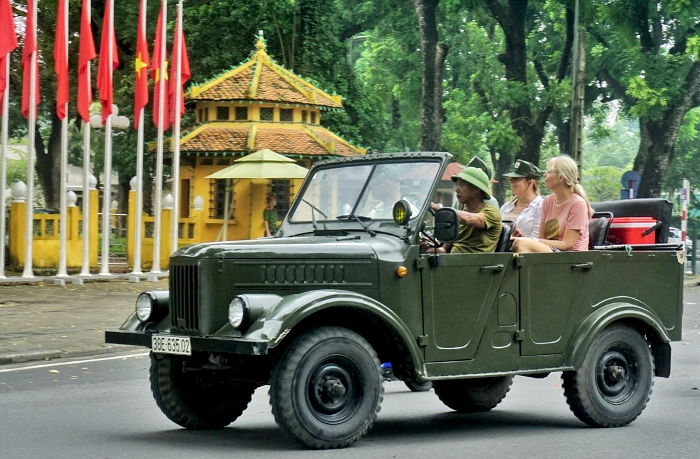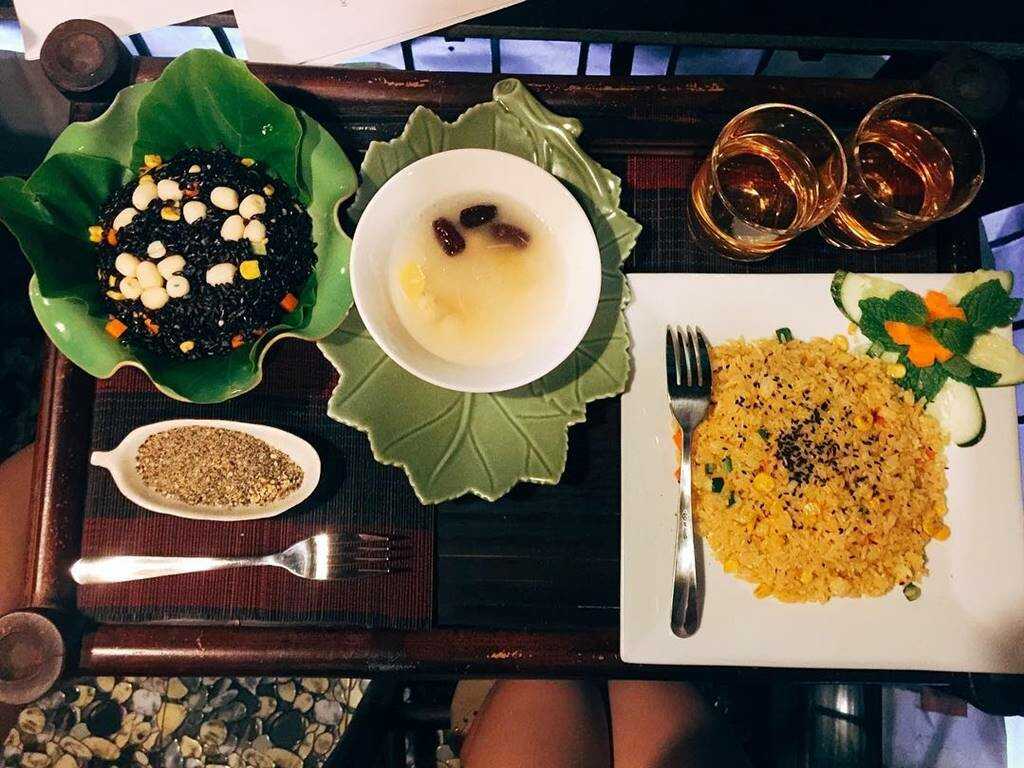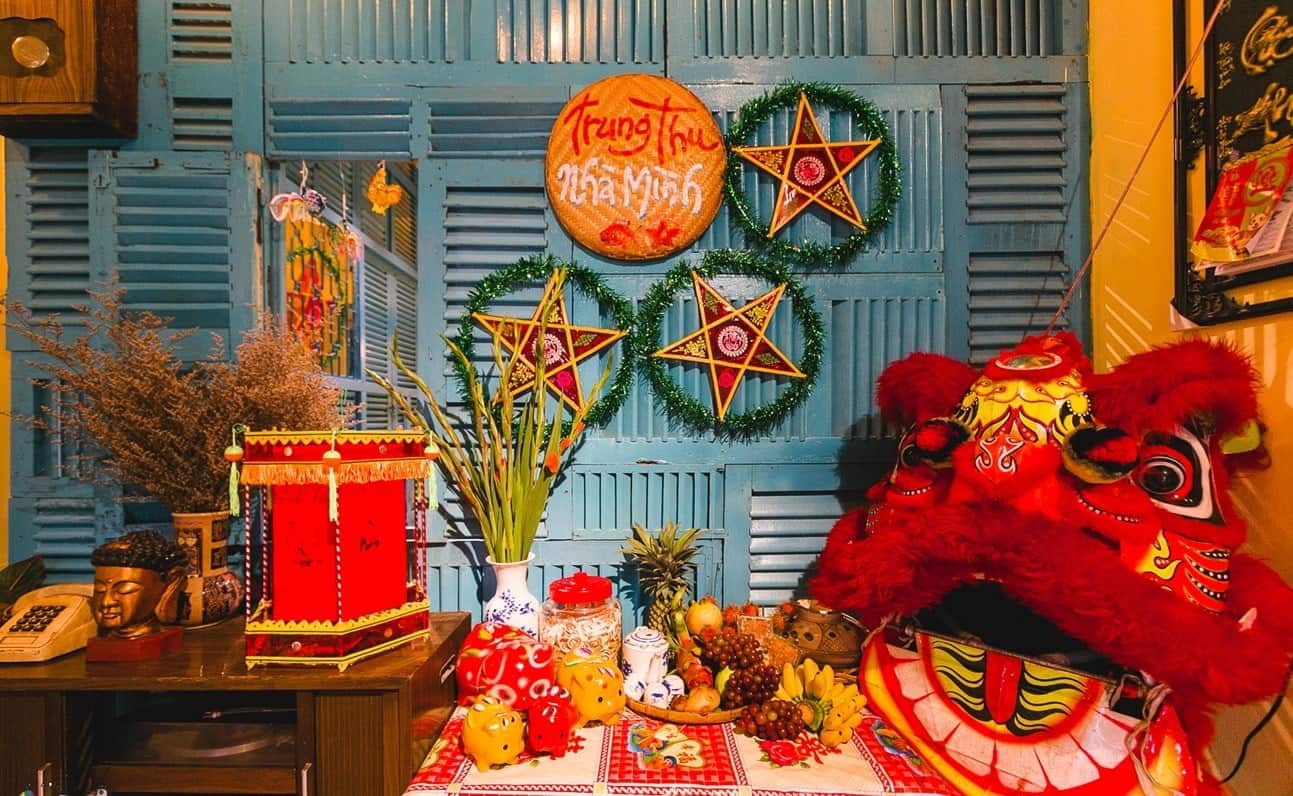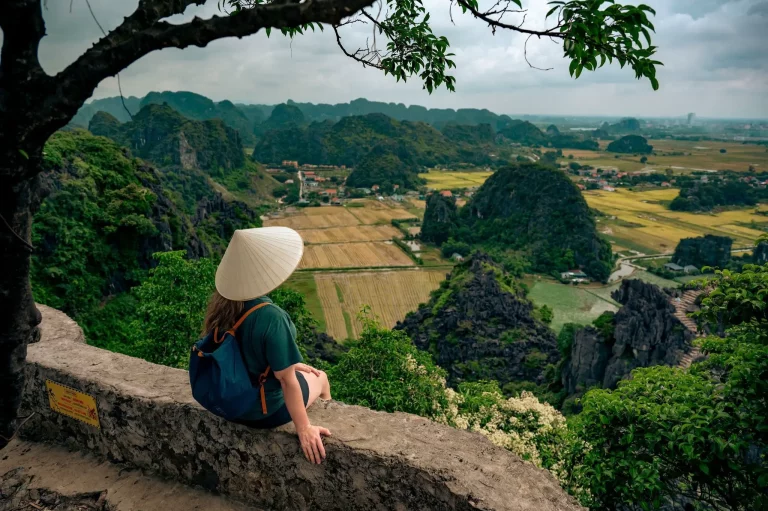Enjoy Mid Autumn Festival in Vietnam like a local
In the heart of Vietnam, a captivating cultural event unfolds during the middle of autumn, illuminating the nation with a special kind of radiance. It’s a time when every Vietnamese child nurtures dreams of brightly lit lanterns and a belly filled with the delectable mooncakes. The Vietnamese Mid-Autumn Festival, known as Tết Trung Thu, is a cultural marvel that beckons travelers from near and far to experience its magic. This year, in 2023, the Mid-Autumn Festival will grace us on September 29. If you find yourself in Vietnam during the eighth lunar month, make no mistake – this Full Moon extravaganza is a must-see spectacle.
Origins of the Mid-Autumn Festival
The Mid-Autumn Festival emerges in the middle of the eighth lunar month, typically falling between September and early October. It culminates on the night of the full moon, believed to be the moon’s brightest radiance throughout the year. Notably, East Asian nations, including China, Korea, Japan, and Vietnam, celebrate this festival as a cultural pinnacle. However, the enchanting narratives behind this festival diverge from one nation to the next.
To unravel the legend enshrouding this festival, we venture into the annals of Vietnamese history. Scholars posit that the Vietnamese have been celebrating an autumn full moon festival since antiquity, a tradition etched onto the Ngoc Lu bronze drum’s surface. This celebration unfolds as the weather turns cool and farmers conclude their harvest, an occasion for revelry and prayers for favorable weather and prosperous forthcoming seasons.
Historically, the Mid-Autumn Festival marks the day when King Ly expressed gratitude to the Dragon God for bestowing rain upon the land, ensuring a bountiful harvest and the people’s prosperity. Indeed, the Stele of Doi Pagoda in 1121 chronicles that the Mid-Autumn Festival, beginning from the Ly Dynasty era, officially flourished in the Thang Long capital, replete with boat races, water puppetry, and grand lantern processions. Under the reign of King Le and Lord Trinh, the festival assumed even more opulent dimensions, hosted within the lord’s opulent palace.
Nevertheless, in the imaginative minds of Vietnamese children, the festival’s origins are woven around the legendary tale of Cuội, a man who clung to a magical banyan tree as it ascended to the moon. Legend has it that a keen observer can discern the silhouette of a man sitting beneath a tree when gazing closely at the full moon. To guide Cuội back to Earth from his lunar sojourn, children take to the streets with their radiant lanterns on the night of the Mid-Autumn Festival.
While one might presume that the Full Moon Festival revolves around family reunions, it is predominantly dedicated to children. This occasion stems from a belief that the start of the eighth lunar month coincides with the rice harvest season, when parents are engrossed in the fields, leaving little time for their offspring. Thus, the full moon serves as an opportunity for parents to make amends and revel in playful moments with their children. This luminous full moon also prompts offerings to the divine, a token of gratitude following a bountiful harvest.
Five Must-do Activities During the Mid-Autumn Festival in Vietnam
1. Make preparations for the Full Moon Festival
In the weeks leading up to Tết Trung Thu, the ambiance is electric with activity. On the streets, groups of lion dancers rehearse their vibrant routines. Mooncake vendors pop up at every corner, unveiling elaborately adorned boxes filled with a tantalizing array of mooncake flavors. People join in the preparations, crafting toys, lanterns, and colorful masks. The most cherished lantern, a star fashioned from crimson cellophane, garners particular attention. Street vendors offer ready-made lanterns, yet the true excitement for children lies in crafting their lanterns, a canvas for their creativity. Using unconventional materials such as soft-drink bottles and milk cartons, each child aspires to create a lantern as unique as the full moon itself, a harbinger of the forthcoming luminous parade.
2. Honor the Earth God and Ancestors
The Mid-Autumn Festival extends beyond child’s play, encompassing the veneration of the God of Earth and ancestral spirits. Across Vietnam, families usher in Têt Trung Thu by placing a five-fruit tray, mooncakes, and joss paper on their ancestral altars. As the family gathers, they pay homage to both divine entities and their forebears. Once the incense dissipates, they partake in the feast under the resplendent moonlight.
3. Savor the flavor of autumn with a feast of mooncakes
After worshiping ancestors, people start feasting with mooncakes as the centerpiece. These delectable treats, fashioned into round or square shapes, feature intricate designs depicting flowers, carp, and geometric patterns, symbolizing luck, happiness, health, and prosperity. The two predominant variants are bánh dẻo, soft and sticky cakes with a mochi-like texture, and bánh nướng, baked cakes encased in a thick wheat crust. Mooncakes in Vietnam boast an extensive array of flavors, both sweet and savory. Sharing a box of mooncakes with Vietnamese friends and hosts is a cherished tradition during this festival.
4. Delve into moonlit celebrations
On the night of the full moon, children wielding vibrant lanterns gather in jubilant processions that wind through their neighborhoods, accompanied by spirited songs. Amidst the revelry, a male dancer donning a jovial, moon-shaped mask takes center stage, symbolizing the moon itself. His comical antics animate the lion dancers and delight the onlookers. Besides him, there is an enigmatic figure who is Earth God, Ông Địa, representing the Earth’s abundance and prompting gratitude for his bounty. Ông Địa’s presence ensures a smile graces the face of every Vietnamese child.
5. Watch lion dancing in Mid Autumn Festival
Lion dancing, or múa lân, is an indispensable facet of the Mid-autumn festivities. Groups of children, each clutching a red lantern, come together to sing along with cherished Mid-autumn Festival tunes learned since childhood. The crescendo of excitement arrives with the resonating drum beats echoing down dimly lit streets. Under the radiant full moon, the lion’s scarlet sequined exterior shimmers as it dances. With its whimsical yet imposing appearance, the lion draws ever nearer to the crowd, eliciting screams and laughter with its playful antics. For Vietnamese children, there are few spectacles that rival this mesmerizing performance on the night of Trung Thu. Some groups, though not professional, partake in the festivities for sheer enjoyment, while others undergo extensive training, even mastering advanced techniques like fire blowing and acrobatics.
The best places in Vietnam celebrating Mid-Autumn Festival
1. Hanoi Old Quarter
A visit to Hanoi during the Mid-Autumn Festival is a sensory delight. Streets like Hàng Mã and Lương Văn Can come alive with an assortment of toys and lanterns. Artisans ply their crafts at 87 Mã Mây, offering a glimpse into the festival’s preparation. They also open a workshop teaching children and foreign travelers how to make a mooncake from scratch. On the eve of Mid-autumn, the Youth Theatre on Ngô Thì Nhậm Street and the Children’s Palace on Lý Thái Tổ Street host captivating children’s musical performances. Along Hoan Kiem Lake Pedestrian Street, the exuberant lion and dragon dances captivate audiences, making for an unforgettable experience.
2. Hoi An Ancient Town
Hội An, renowned for its full moon celebrations throughout the year, elevates the festivities during the Mid-autumn Festival. This riverside gem attracts locals and travelers alike who take leisurely strolls through the streets adorned with radiant lanterns. Dancers and drum troupes traverse the streets, performing in front of pagodas and businesses. Music fills the air, and jubilant revelry unfolds along the banks of the Thu Bồn River. There are delightful activities such as launching lit candle paper lotus lanterns (Hoa dang) into the Thu Bon River from boats, enjoying lion dances and participating in engaging Vietnamese folk games with locals. Additionally, visitors have the opportunity to witness the traditional hát bội (classical theater) performance, a cultural treasure originating from the Tran dynasty.
3. Cho Lon in Ho Chi Minh City
The largest Chinatown in Vietnam, Chợ Lớn in District 5, 6, and 11, pulsates with exciting Mid-autumn festivities. Along Luong Nhu Hoc and Nguyen An streets, a bustling lantern market emerges, transforming nearly every house and sidewalk into lantern shops. Established in the 1960s, this market is renowned for its artisans who craft traditional lanterns from scarlet glass paper, an emblematic feature of the Chinese community’s cultural heritage.
The Vietnamese Mid-Autumn Festival, with its luminous lanterns, delectable mooncakes, and captivating performances, offers a mesmerizing glimpse into the nation’s rich cultural tapestry. It’s a time when families come together, children revel in the streets, and gratitude flows for a bountiful harvest under the benevolent gaze of the full moon. If you find yourself in Vietnam during this enchanting time, be sure to partake in the festivities, for it’s an experience that will linger in your memory like the radiant moon itself.




